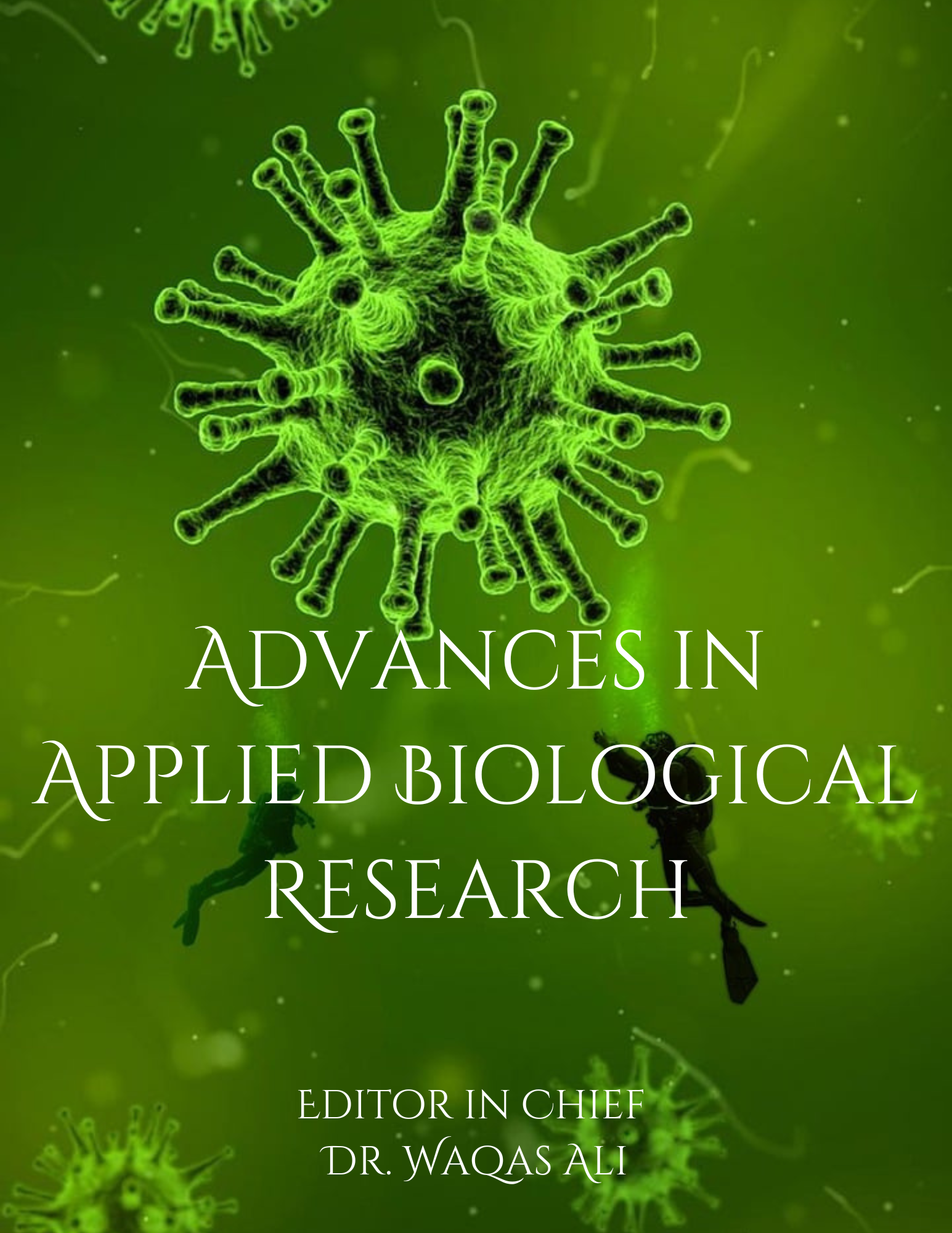Evaluating the Efficacy of Ayurvedic Treatments in Stage V Chronic Kidney Disease: A Case Report
DOI:
https://doi.org/10.48165/aabr.2024.1.2.03Keywords:
Chronic Kidney Disease, Ayurveda, Mutraaghaata,Abstract
Chronic Kidney Disease, Ayurveda, Mutraaghaata symptoms significantly improved. The patient’s key laboratory parameters, such as serum creatinine, urea, and serum uric acid, also showed marked improvement, trending toward normal levels at the time of discharge. The treatment regimen included Ayurvedic oral medications like Tab. Asthipurak, Tab. Chander Vati, Renal Support syrup, and GFR powder, complemented by Panchakarma procedures such as Awgaha Swedan, Matra Basti, Kashaya Basti, and Shiroabhyanga. The results of this case indicate that Ayurvedic interventions can lead to significant improvements in both biochemical markers and clinical symptoms in patients with Stage V CKD. These findings suggest that Ayurveda may offer a promising complementary or alternative approach to conventional CKD treatment, highlighting the need for further research in this area
References
Garcia-Garcia, G., & Jha, V. (2015). Chronic kidney disease in disadvantaged populations. Indian Journal of Nephrology, 25(2), 65–69. https://doi.org/10.4103/0971-4065.150078
Pandey, G. (Ed.). (2015). Pt. Kashinath Sastri Vidhyotini Hindi commentary on Charaka Samhita of Agnivesha, Sutra Sthan Adhyaya 11/49. Chaukumba Bharti Academy.
Kidney Disease: Improving Global Outcomes (KDIGO) CKD Work Group. (2013). KDIGO 2013 Clinical Practice Guideline for the evaluation and management of chronic kidney disease. Kidney International Supplements, 3(1), 1-150.
Pandey, G. (Ed.). (2015). Pt. Kashinath Sastri Vidhyotini Hindi commentary on Charaka Samhita of Agnivesha, Sutrasthan 17/71. Chaukumba Bharti Academy.
Pandey, G. (Ed.). (2015). Pt. Kashinath Sastri Vidhyotini Hindi commentary on Charaka Samhita of Agnivesha, Siddhi Sthan Adhyaya 1/31. Chaukumba Bharti Academy.
Sharma, P. V. (1998). Classical uses of medicinal plants (2nd ed.). Chaukhamba Visvabharati.
Dash, V. B. (1986). Materia Medica of Ayurveda (1st ed.). Concept Publishing Company.
Pandey, G. (1997). Dravyaguna Vijnana (1st ed.). Chaukhamba Sanskrit Bhawan.
Acharya, Y. T. (1998). Charaka Samhita (1st ed.). Chaukhamba Orientalia. Sutra Sthana, Chapter 1, 12-18.
Sharma, H. (2004). Ayurvedic pharmacology and therapeutic uses of medicinal plants (3rd ed.). Chaukhamba Visvabharati. Nadkarni, A. K. (1976). Indian Materia Medica (3rd ed.). Popular Prakashan.
Acharya, Y. T. (2000). Sushruta Samhita (2nd ed.). Chaukhamba Surbharti Prakashan. Sutra Sthana, Chapter 11, 45-50. Joshi, D. (2014). Ayurvedic principles in kidney disease (1st ed.). Chaukhamba Surbharti Prakashan.
Manish, Chaudhary, G., Singh, S. P., Singh, M., & Richa. (2024). Clinical evaluation of chronic kidney disease management: Integrating lifestyle modification and Ayurveda. International Journal of AYUSH, 2013(10). https://doi.org/10.22159/prl.
ijayush.v2013i10.1152.
Pandey, A., Azad, A. S., Bhardwaj, A., Thakur, G., & Prakash, G. (2022). Effectiveness of gravitational resistance and diet (GRAD) system in reversing chronic kidney disease (CKD) among dialysis patients. Dayanand Ayurvedic College, Shridhar University. https://davayurveda.com/wp-content/
uploads/2022/10/j-GRAD-System-Paper-FINAL-Mar-





